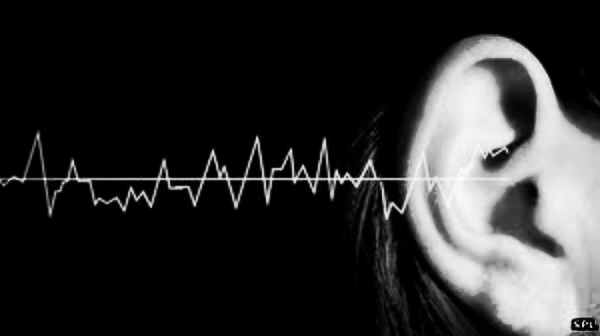Sitting on the back patio, birds singing all around us, Andrea tells the story again about the blue heron she saw perched atop the redwood tree nearby and says something about the “audacity of birds,” and the phrase just sort of hovers there in that space.
“The Audacity of Birds,” I say, “is my new favorite band,” which is my way of saying how much I appreciate the weight and possibility in such a turn of phrase, which is a way of recognizing how language captivates me, which is a way of expressing how words turn tumblers in the locks of my brain, which is a way of already acknowledging how I’ll turn those words over and over in my head for days afterward until something spills out:
The Audacity of Birds released a new offering
The Audacity of Birds plays folksy jam-band rock.
The Audacity of Birds plays songs that are seven-minutes long.
The Audacity of Birds could be called a debut YA novel with a twist
The Audacity of Birds’ lead singer is named Shawl
The Audacity of Birds’ main character is named Leonthy
The Audacity of Birds burst onto the scene as a critically acclaimed first book of lyric essays
The Audacity of Birds opened up for The Donkeys on their latest tour
The Audacity of Birds is actually just one guy, Shawl. He plays all instruments, kind of like Prince
The Audacity of Birds sets the story in Portland, Oregon and Nashville, Tennessee
The Audacity of Birds organizes chapters according to phylum
The Audacity of Birds’ antagonist is a repressed raven named Gary
The Audacity of Birds exclusively uses the Latin names for birds
The Audacity of Birds has a lot of footnotes
The Audacity of Birds plays on a stage with big Turkish rugs and floor lamps
The Audacity of Birds includes woodcut prints of birds by the author’s partner
The Audacity of Birds recently started a podcast for children
The Audacity of Birds was invited to be on Jimmy Kimmel once but got bumped
The Audacity of Birds tours with a guy who combines stand-up comedy and tuba solos
The Audacity of Birds features some great blurbs from writers you recognize
The Audacity of Birds was written by the bass player for another band called Everything Bagel
The Audacity of Birds has the best merch
The Audacity of Birds doesn’t like to give interviews
The Audacity of Birds cancelled their book tour
The Audacity of Birds only plays 18-and-over shows because they appreciate youth
The Audacity of Birds is mostly about colonialism and flying
The Audacity of Birds wakes me up some mornings
The Audacity of Birds is doing concerts in their living room
The Audacity of Birds has been called a contemporary parable for our current predicament
The Audacity of Birds sometimes puts me to sleep before my daughter
The Audacity of Birds’ lead singer, Shawl, has his own line of cardigan sweaters
The Audacity of Birds often features puppets in public performances
The Audacity of Birds is very very grey
The Audacity of Birds sounds better in the mornings
The Audacity of Birds includes a lot of maps
The Audacity of Birds can be overwhelming in the rain
The Audacity of Birds is not about birds or audacity
The Audacity of Birds is about us
The Audacity of Birds is a book-length essay about essaying
The Audacity of Birds is a novel about novelty
The Audacity of Birds recorded an album covering their own songs
The Audacity of Birds wrote this list


